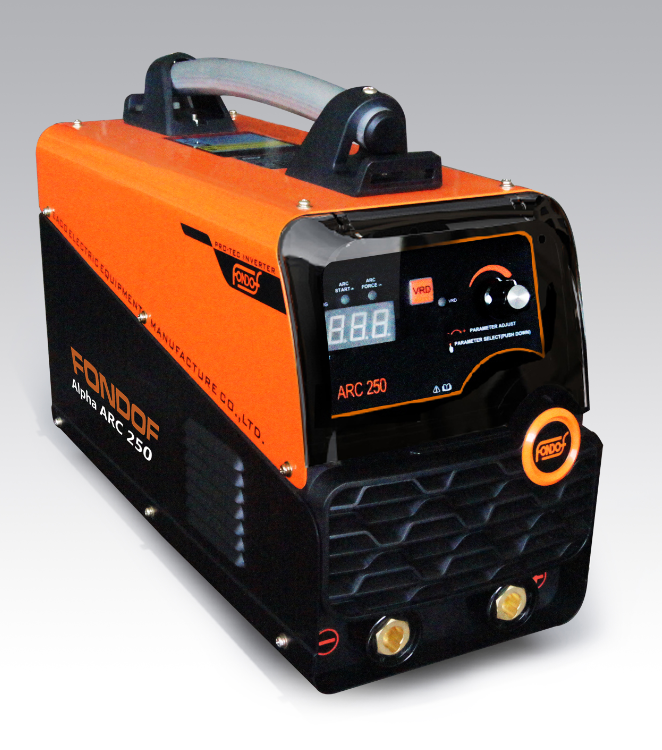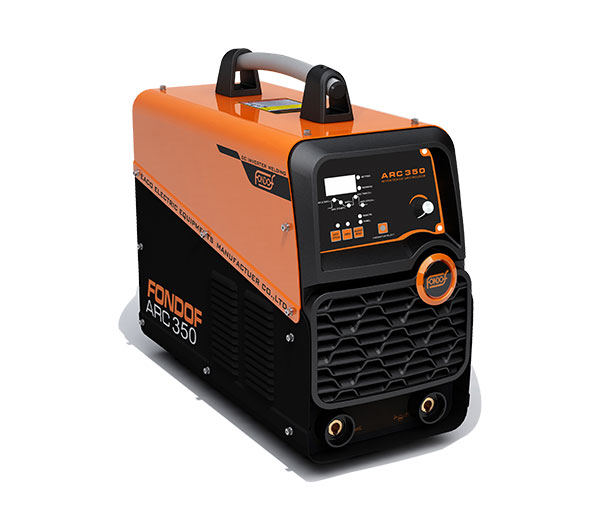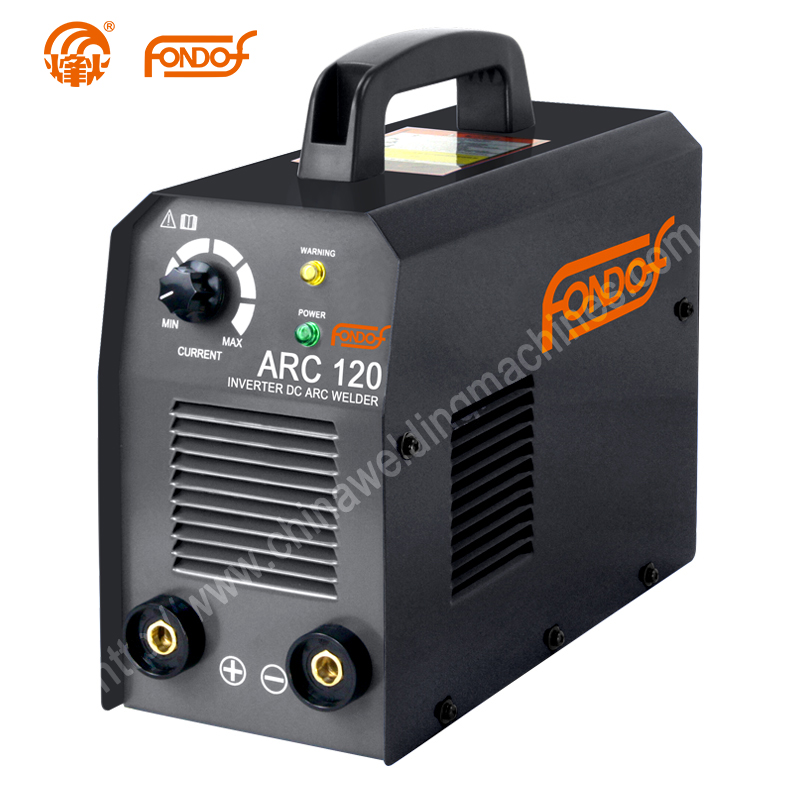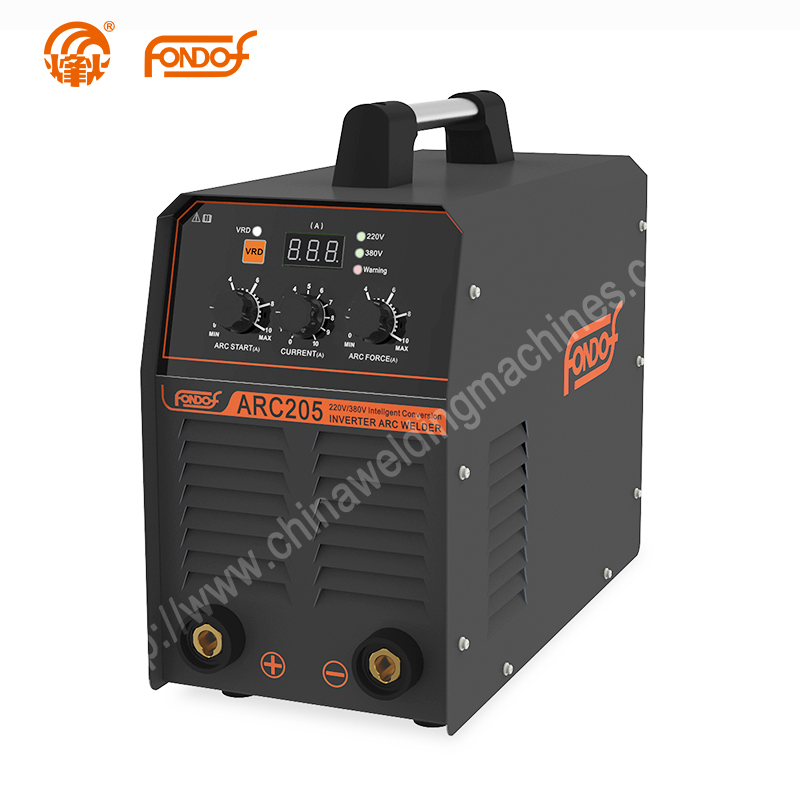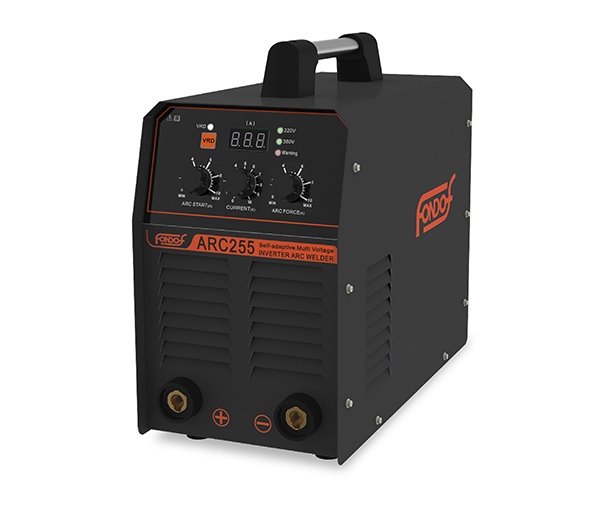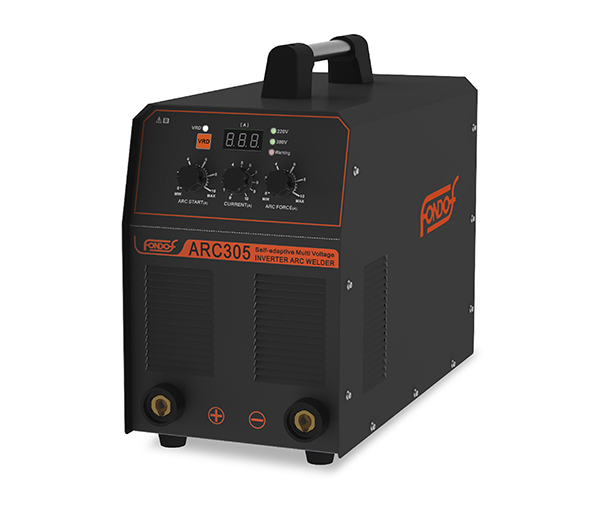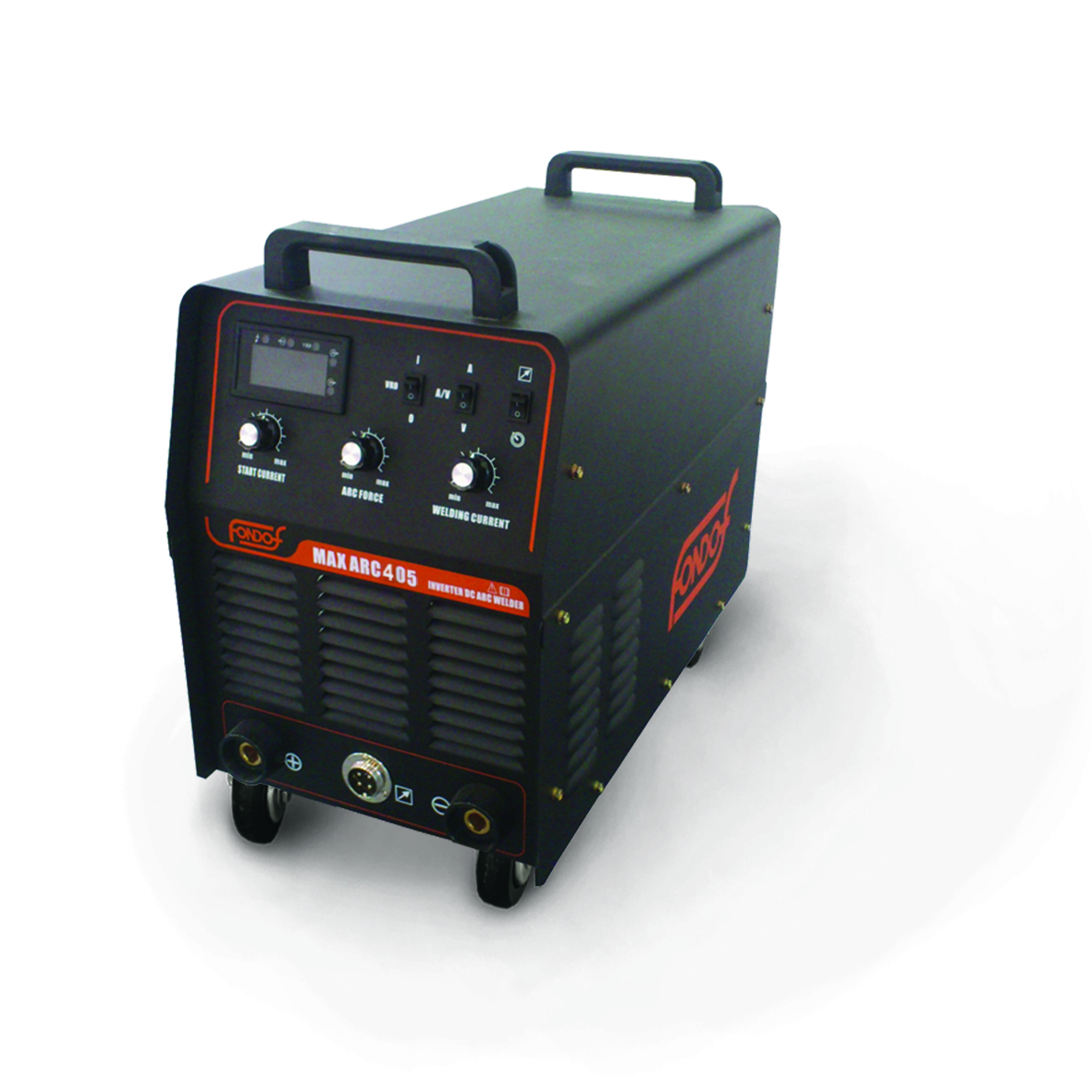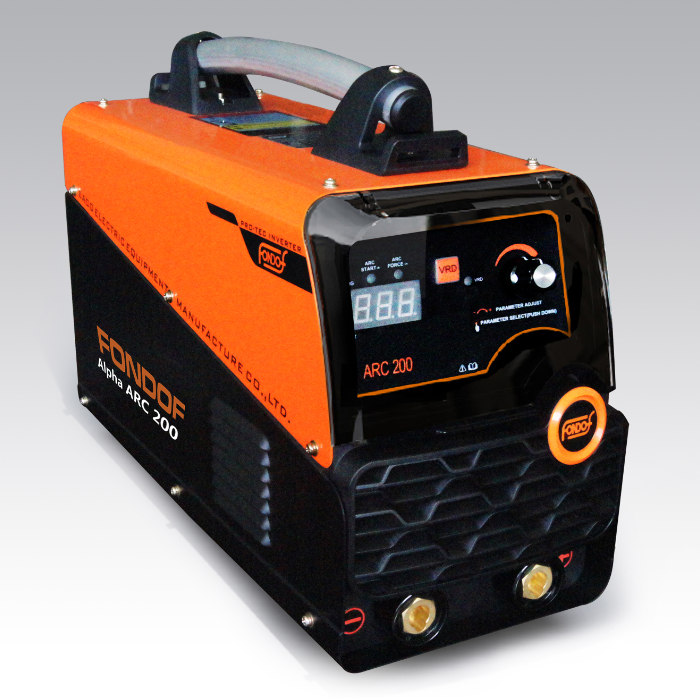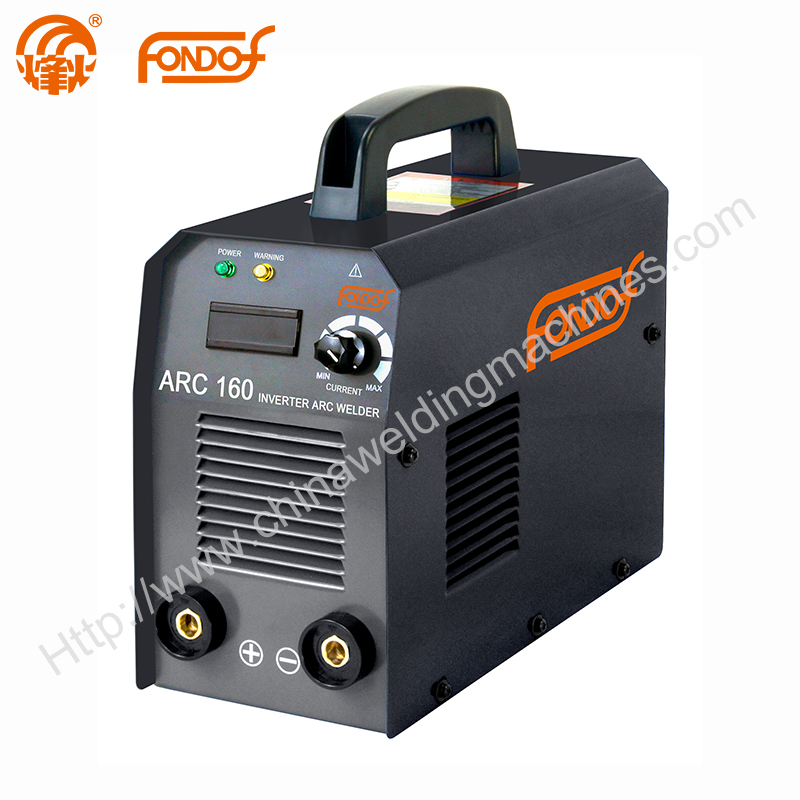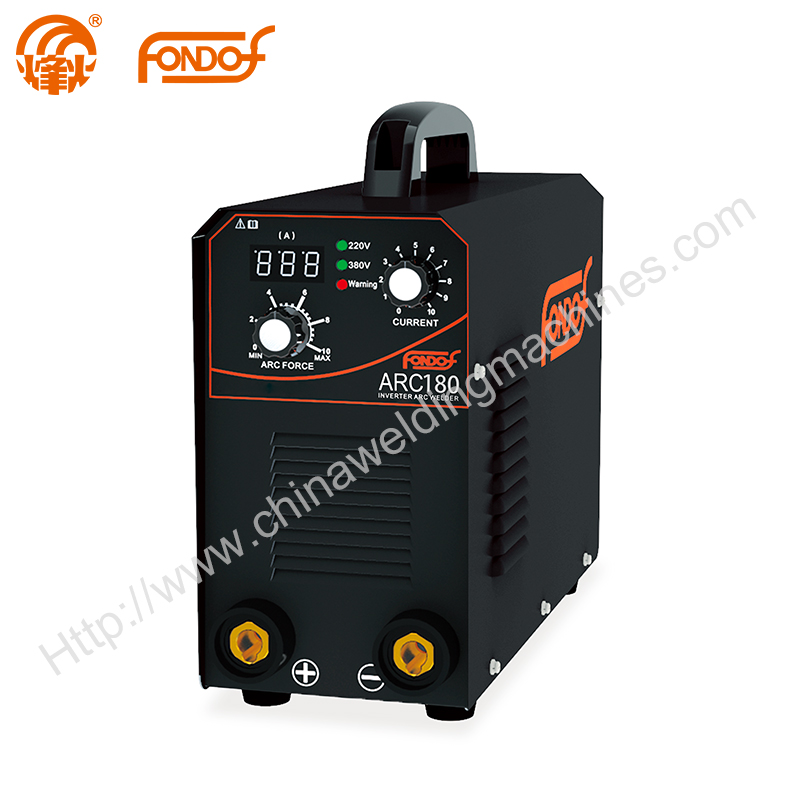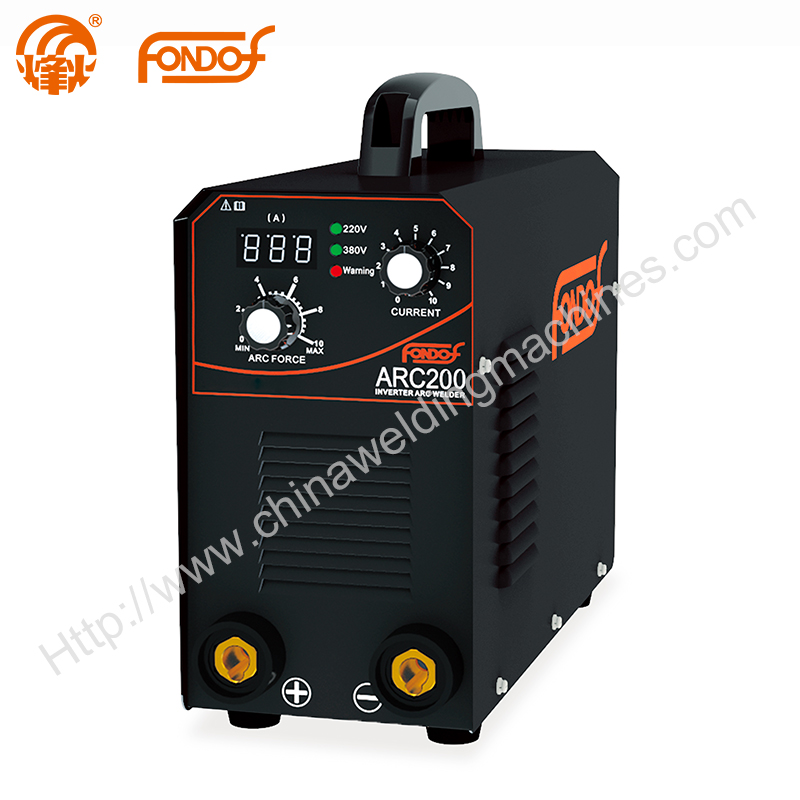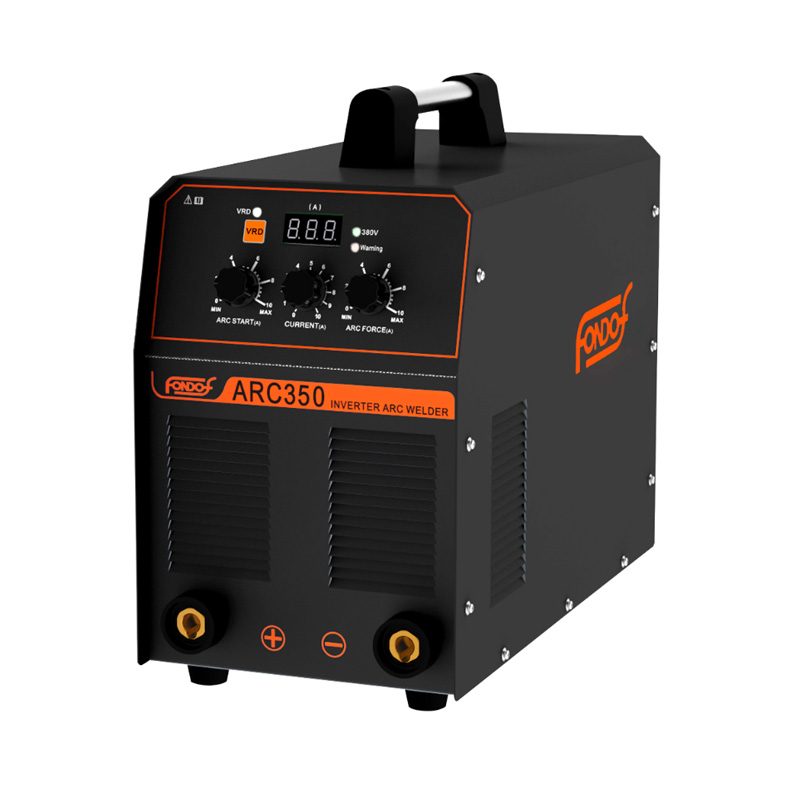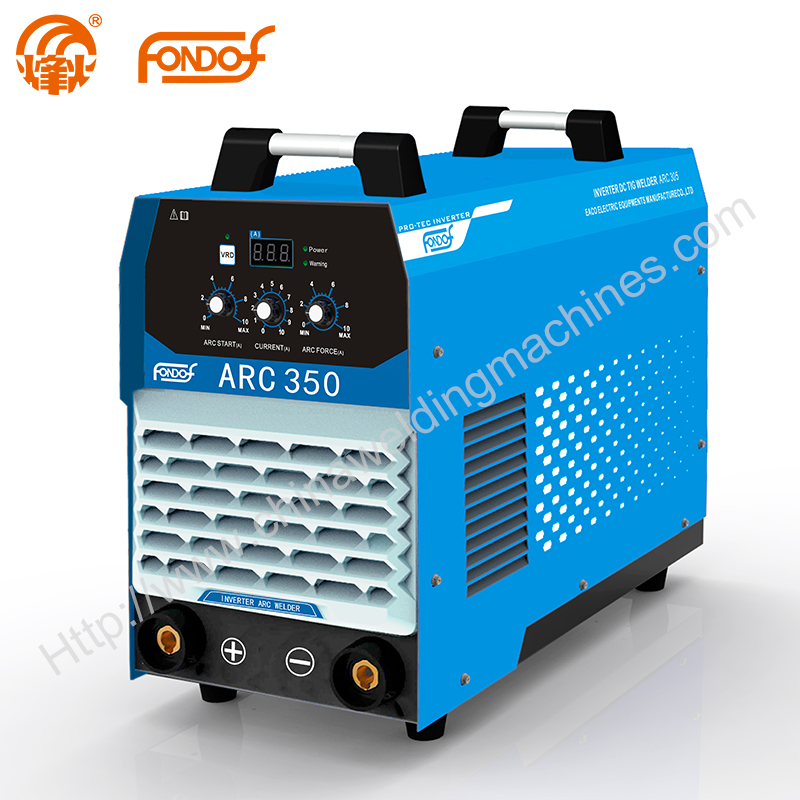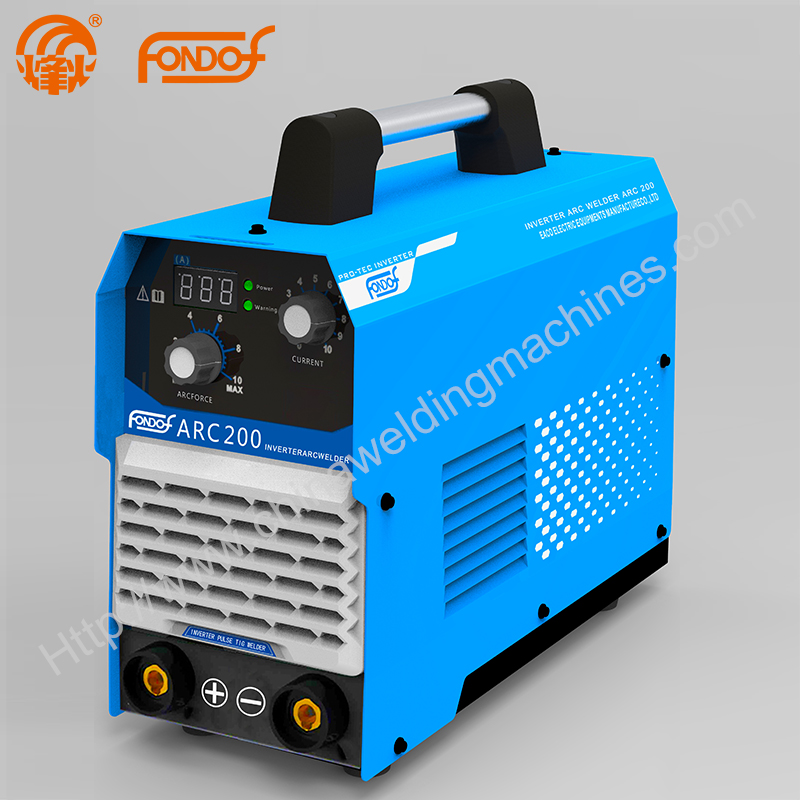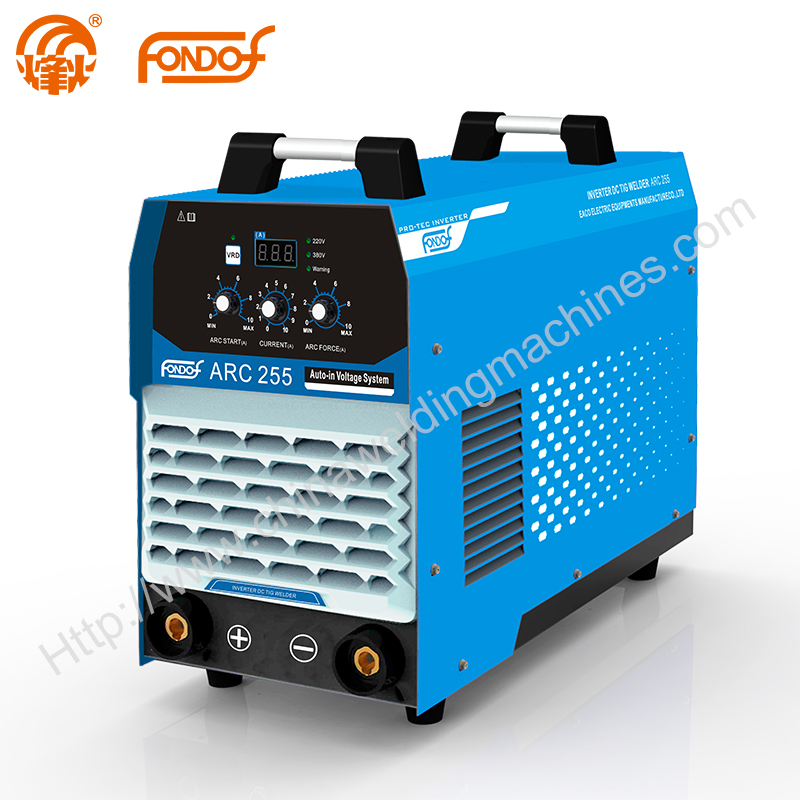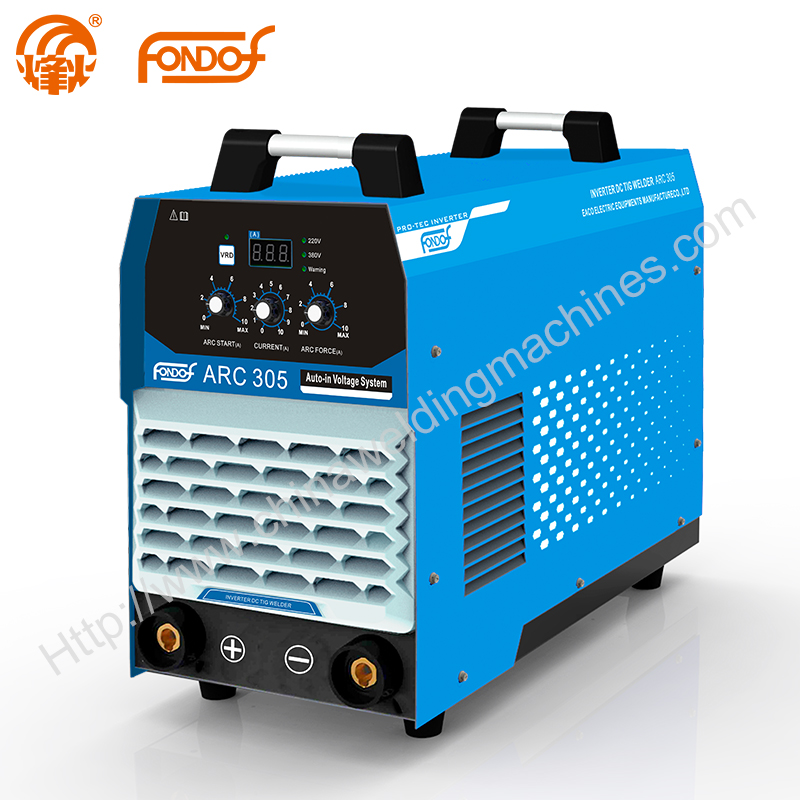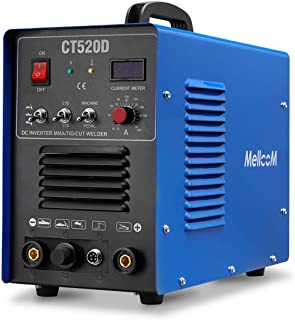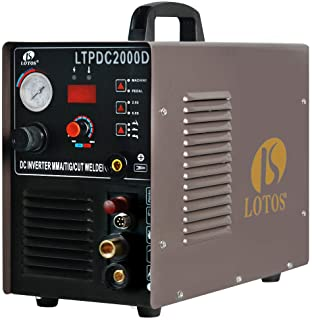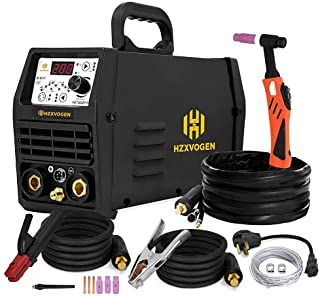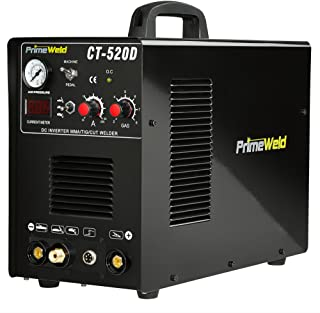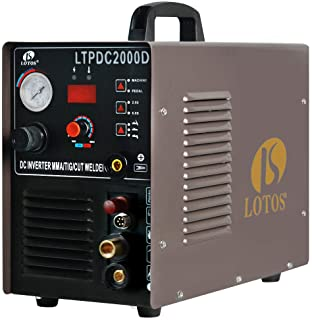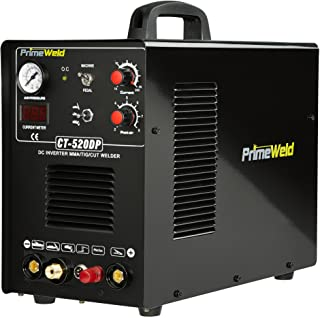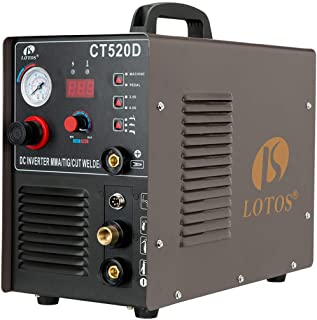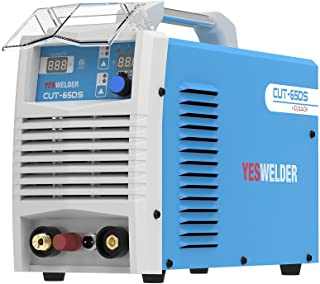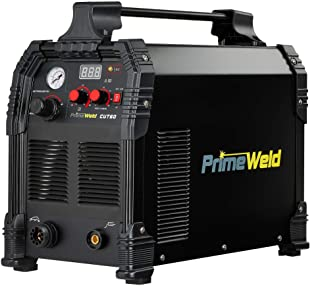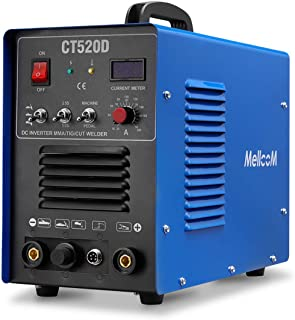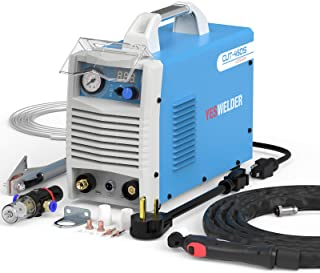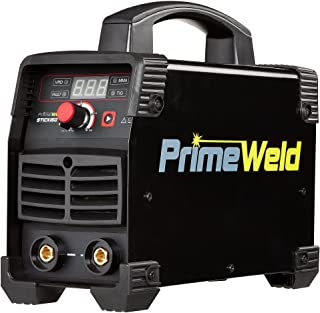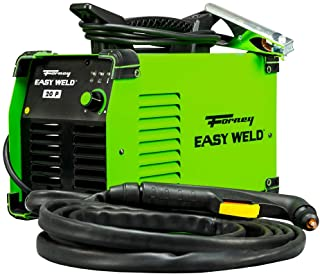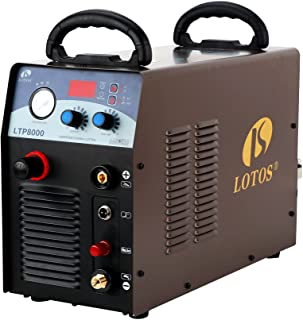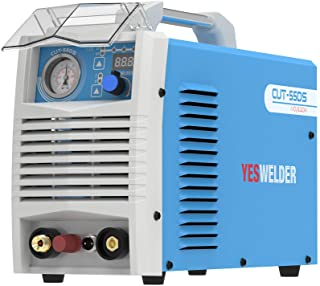Plasma Arc Welder For Sale
What is plasma welding machine?
Plasma ARC is more stable and is not as easily deflected to the closest point of base metal. Greater variation in joint alignment is possible with plasma arc welding. This is important when making root pass welds on pipe and other one-side weld joints. Plasma welding has deeper penetration capabilities and produces a narrower weld. This means that the depth-to-width ratio is more advantageous.
Advantages of plasma arc welding when compared to gas tungsten arc welding stem from the fact that PAW has a higher energy concentration. Its higher temperature, constricted cross-sectional area, and the velocity of the plasma jet create a higher heat content. The other advantage is based on the stiff columnar type of arc or form of the plasma, which doesn’t flare like the gas tungsten arc.
For what is a plasma welder used?
Type of Joints: For welding work piece up to 25 mm thick, joints like square butt, J or V are employed. Plasma welding is used to make both key hole and non-key hole types of welds.
Making a non-key-hole weld: The process can make non-key-hole welds on work pieces having thickness 2.4 mm and under.
Making a keyhole welds: An outstanding characteristic of plasma arc welding, owing to exceptional penetrating power of plasma jet, is its ability to produce keyhole welds in work piece having thickness from 2.5 mm to 25 mm. A keyhole effect is achieved through right selection of current, nozzle-orifice diameter and travel speed, which create a forceful plasma jet to penetrate completely through the work piece. Plasma jet in no case should expel the molten metal from the joint. The major advantages of the keyhole technique are the ability to penetrate rapidly through relatively thick root sections and to produces a uniform under bead without mechanical backing. Also, the ratio of the depth of penetration to the width of the weld is much higher, resulting narrower weld and heat-affected zone. As the weld progresses, base metal ahead the keyhole melts, flow around the same solidifies and forms the weld bead. Key-holing aids deep penetration at faster speeds and produces high-quality bead. While welding thicker pieces, in laying others than root run, and using filler metal, the force of plasma jet is reduced by suitably controlling the amount of orifice gas.
Plasma arc welding is an advancement over the GTAW process. This process uses a non-consumable tungsten electrode and an arc constricted through a fine-bore copper nozzle. PAW can be used to join all metals that are weldable with GTAW (i.e., most commercial metals and alloys). Difficult-to-weld in metals by PAW include bronze, cast iron, lead and magnesium. Several basic PAW process variations are possible by varying the current, plasma gas-flow rate, and the orifice diameter
FAQ of Plasma Arc Welder
Can an arc welder be used as a plasma cutter?
Plasma cutters are becoming the tool of choice for cutting metal. ... However, if you don't make tons of cuts and don't want to invest in a plasma or oxy setup, you can adapt your arc welder to make plasma-like cuts. It's not technically a plasma cut, but the air arc cut it produces mimics the plasma cut.
Is there a MIG welder with a plasma cutter?
A MIG welder can be used as a plasma cutter. You'll need an air compressor and carbon electrode in place of wire along with a number of small items. Keep the amperage between 25 and 50 and increase the wire feed speed. Avoid CO2 and choose air or nitrogen.
Adoramos ouvir de você e ficaremos felizes em responder a quaisquer perguntas













